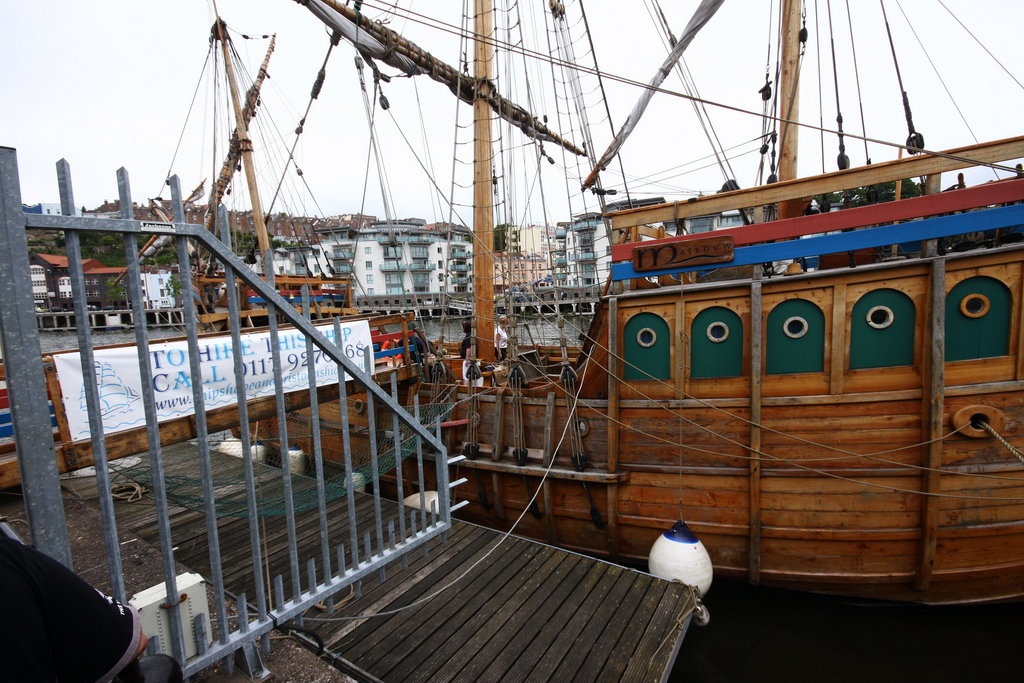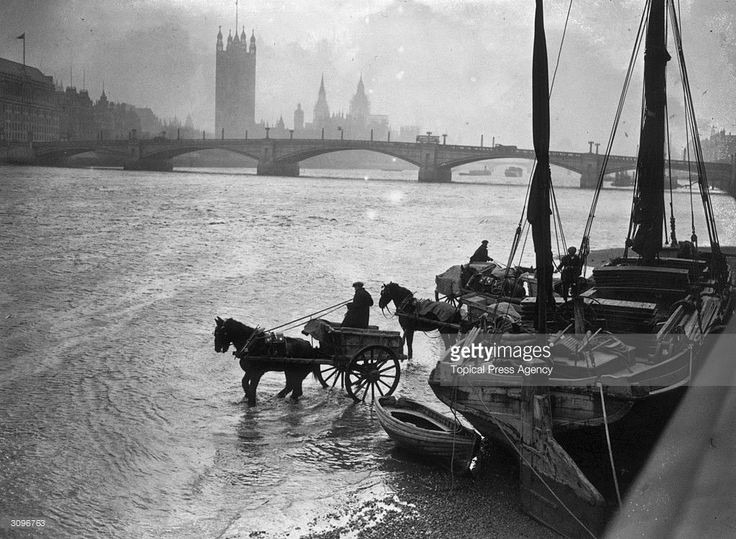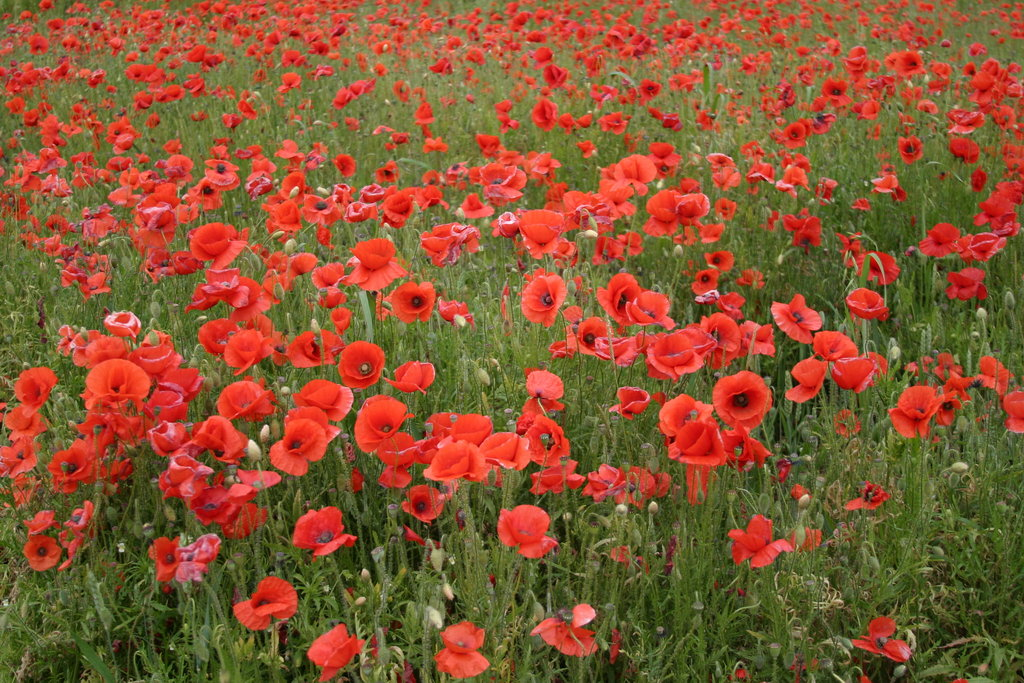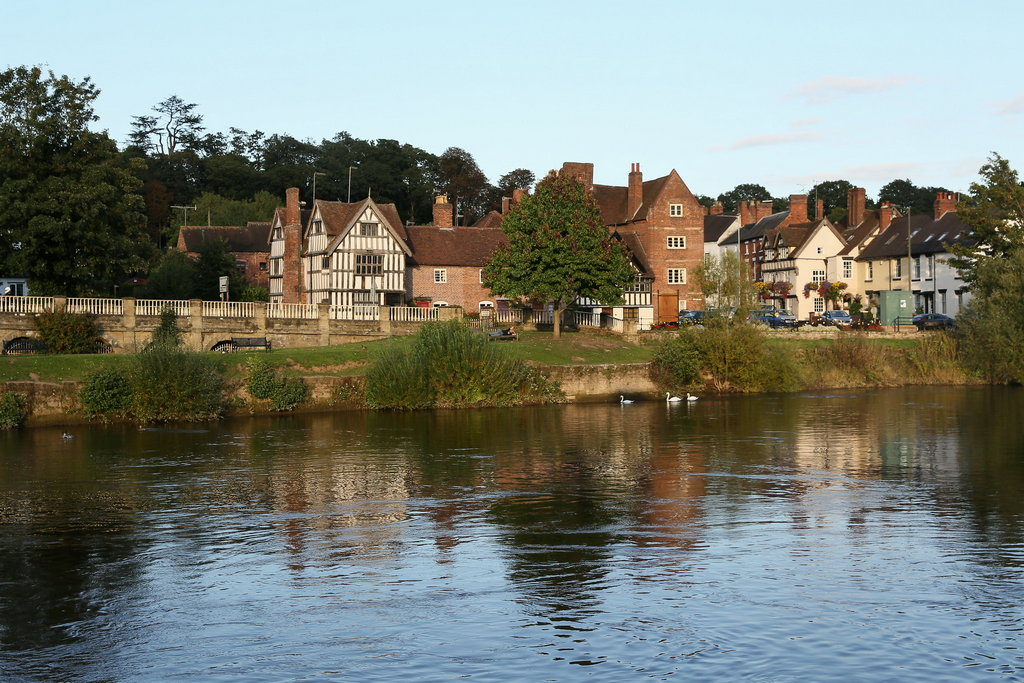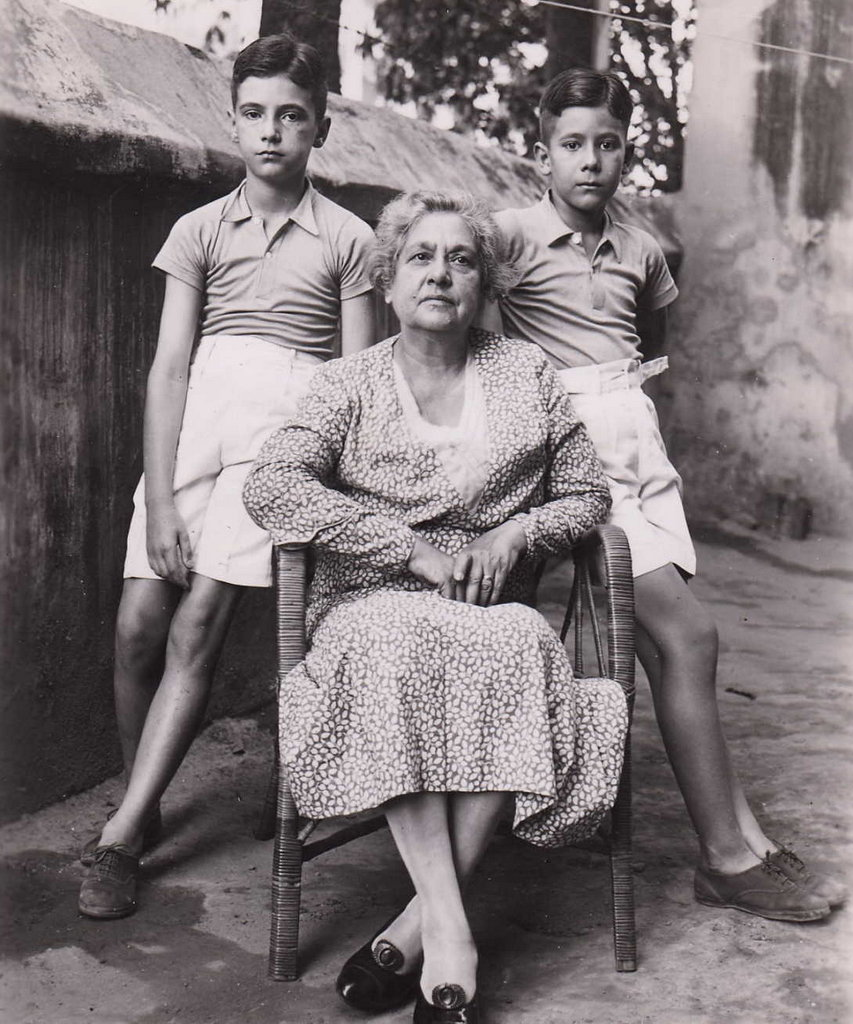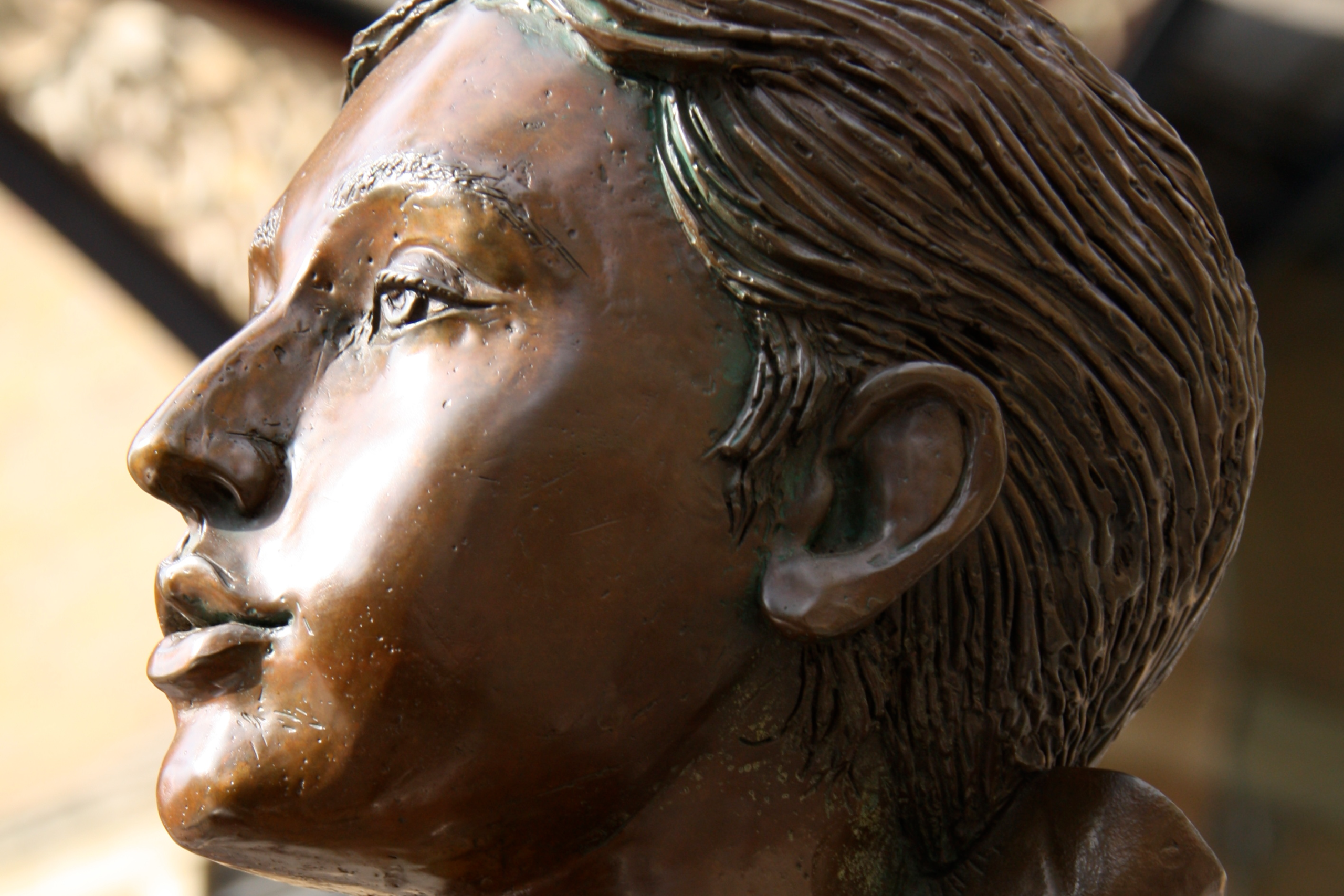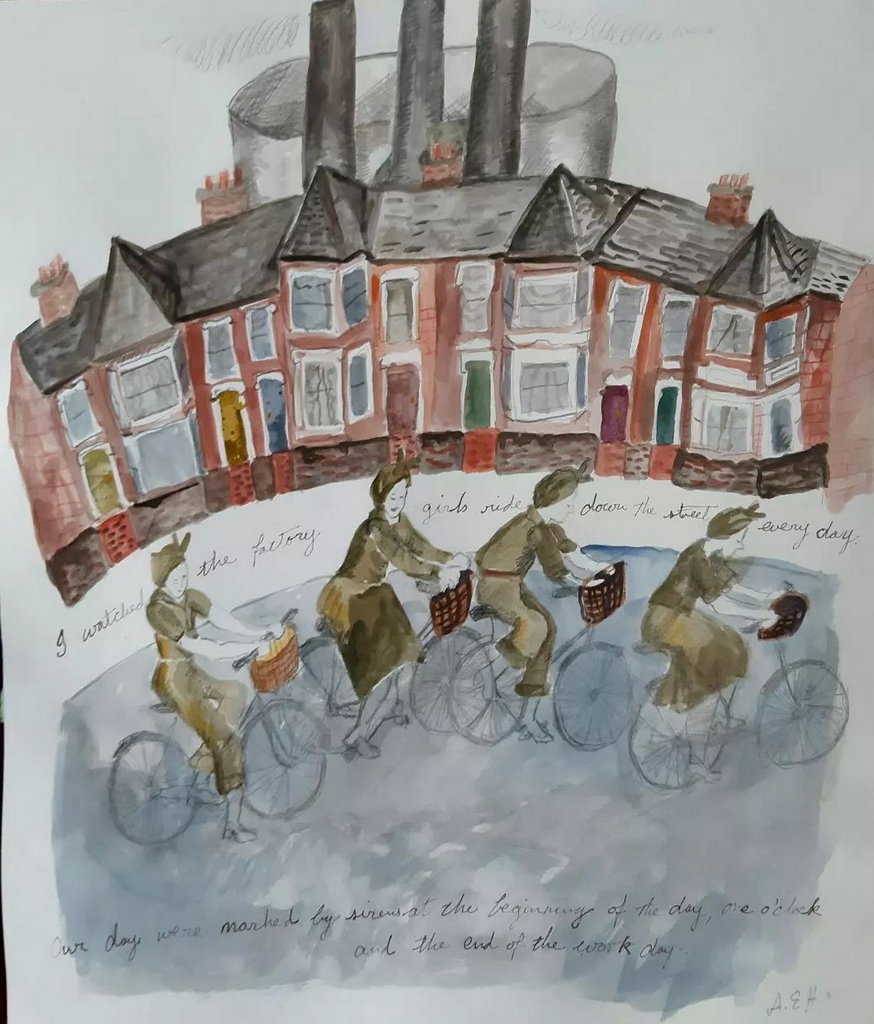Family Tree Post #81 (14 Jan 2024)
So the Sundhnúkagígaröðin volcano erupted again last night, very close to Grindavík. The town could be obliterated, but the people are safe. Apparently, the last time the town made headlines was 1627, when it was raided by Barbary pirates. Before that, it was 1532 when English fisherman, John Broad, was murdered there, kicking off the first Cod War with Iceland.

As a consequence, West Country and Jersiaise fisherman ran a quick cost-benefit analysis, looked again at the colony of Newfoundland – a similar-sized island with similarly bountiful cod stocks at twice the distance – and the little boats weighed anchor.

For the next three hundred years, Jersey fishermen headed back and forth to Newfoundland for the cod. Not much is recorded of their stories: the school and church years were adjusted to fit in with the fishing and farming seasons – probably most families were engaged in both. Some people made enough to build huge ‘cod house’ mansions, which now sell for millions. No mansions have been found in my family yet, but it would have been more prosperous than scratching out a living on the land alone. There were few trades as people did most things for themselves, so the sea was always an option.

Much of the cod was sold in England, and much was preserved by salting. This salt cod became a staple food in the Royal Navy, and therefore it sustained empire. Cod became part of the infamous trade triangles with slavery and molasses or rum. So salt cod also sustained the West Indies, where the barrels became musical instruments, and saltfish the national dish of Jamaica.

DNA has proved that some of my Picot family in Jersey settled in Newfoundland, and there is supporting documentation of Picots and Piccos establishing themselves alongside the (indigenous but incoming) Mi’kmaq people, and French and English settlers. Some went to Sandy Point, the hub of the Newfoundland fishing industry. My new friends on the local Facebook group confirm recent generations of the family, but it caused some consternation when I told them that they were related to settlers over in Prince Edward Island too. I have DNA connexions, and the families thereof, all over Canada, including the multi-award-winning folk-singer Lennie Gallant, mum’s fifth cousin.

(The Sandy Point Facebook group has over a thousand members despite Sandy Point having been abandoned in the 1970s when the sandbar peninsula became a (now hidden) island. They all moved to St George’s, a local centre to which people have apparently ‘flocked’ over the years, but actually only has a population of 1200. For a sense of it, think St Pierre on the wintry episode of Peaky Blinders.) Update 2025: Or watch the video…
The records back on the island are another challenge. They are pretty good back to the 16th century, and sometimes beyond, and they are active history groups online. But it has taken weeks to cross-check hundreds of separate trees, and then check against the new DNA evidence. And It will take more work to get to more of the stories behind the names. But there are glimpses along the way, such as tracing the increasing prominence of the Le Hardy family as they became appointed jurats (legal officials) and so on.
But why Kiss Me? Well, Clément Le Hardy (1424) was my 15th Gt-Grandfather. It turns out that his son, John, moved to Dorset – and amongst his descendants were Vice-Admiral Sir Thomas Masterman Hardy, 1st Baronet, GCB – of “Kiss Me Hardy” fame (look up Nelson – him on the Column – if you are a millennial), as well a certain pre-eminent Victorian novelist! How cool is that!

Next time I checked though, I found that – alongside Jude the Obscure – we need to make cultural space for Budgie the Little Helicopter. Sarah Ferguson was also descended from Clément Le Hardy. She in turn is related to everyone from Fletcher Christian to Chevy Chase, via Winston Churchill, George Washington and Henry VIII…
And why Very Quick? Having painstakingly connected to my 10th Gt-Grandfather, Philippe Larbalastier (1612), I found that Philippe begat another Philippe Larbalastier (1650), and another Philippe Larbalastier (1683), and another Philippe Larbalastier (1720), who begat Jean Larbalastier (1744), and another Jean Larbalastier (1775), begat Henry Larbalastier (1806), begat Philip Larbalastier (1830), begat another Philip Larbalastier (1852), begat Eric Larbalestier (1893), begat Sidney Larbalastier (1926), begat Carmen Larbalastier (1967), begat Lewis Hamilton (1985). So Sir Lewis Carl Davidson Hamilton is my 11th cousin – that impressed the grandsons! (Marilyn Beale, I know you like a begatting list…)

Wrapping up the cod then. The empire declined, wars intervened, factory ships displaced the little boats, cod stocks dwindled, and – finally – Canada imposed a conservationist/protectionist exclusion zone. Anyone know a former deep sea fishermen getting by selling seaside accessories? ‘Kiss-me-quick’ hats have been a thing since at least as far back as the 1940s, and possibly the 1840s! Anyone ever worn one?


